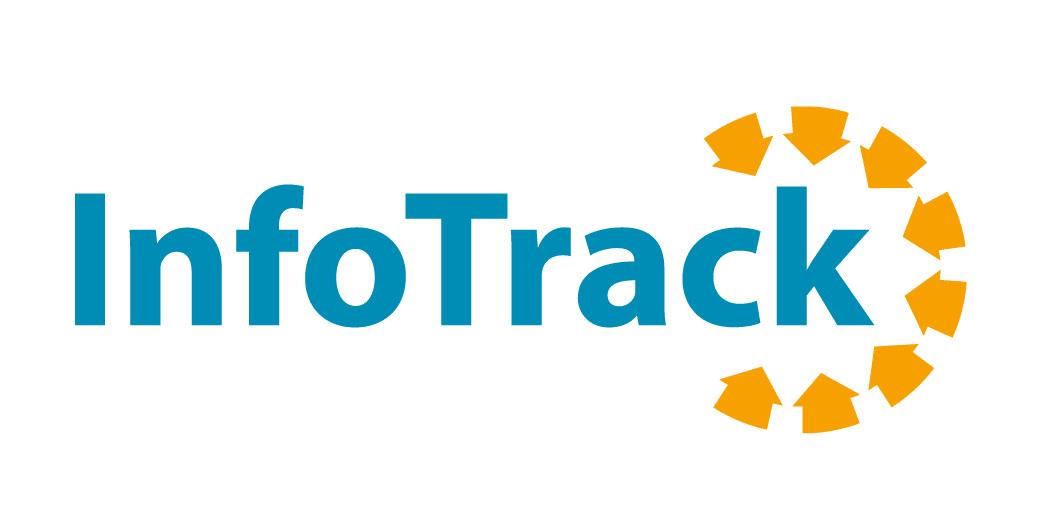
AI in conveyancing: What should we expect?
AI is to be approached with caution but not to be feared as it can be an invaluable tool in conveyancing — speeding up administrative tasks and flagging up inconsistencies. Its ability to drive efficiency means lawyers can spend more time on tasks that require their expertise, according to Louise Edwards, head of product at InfoTrack.
The conversation about AI in legal has been bubbling away in recent months, sometimes met with excitement and other times caution. Like any new technology, the industry is careful to assess the value and plausibility of using AI before diving straight in.
And while we may not immediately realise it, the use of AI has already been adopted in recent years in the conveyancing space — mostly during the client onboarding process. Most recognisably, machine learning checks documents and uses facial recognition to verify client IDs and highlight anything that could be fraudulent. It’s technology that has been rapidly adopted since the pandemic and shows no signs of abating.
The outlook on AI in legal should be positive. Once the value of this type of technology is understood, it’s easy to see the benefits it offers the conveyancing sector. When used effectively, AI takes on repetitive tasks and can analyse large amounts of data faster than we have ever been able to before. It frees up humans from arduous and lengthy tasks so they can better apply their time and skills to work people are better equipped for. Tasks that involve expertise, experience, or creativity.
In conveyancing, the most typical advances we’ve seen in the use of AI are the automation of document reading and form population. In just moments, AI can scan a document, such as a transfer, and auto-fill an AP1 application with the relevant data into the associated fields. This relatively simple task becomes more valuable when the technology also flags inconsistencies, like mismatched names.
AI won’t be taking over conveyancing any time soon. Instead, it should be used as a tool to drive efficiency, speed up administrative tasks and identify inconsistencies that need to be referred to a person for review. By solving defined problems faster and more consistently than people, it should add value as a support mechanism within the conveyancing workflow.
Expectations around AI in conveyancing should be focused around making the life of solicitors easier. Reducing the burden of cumbersome tasks gives back time to apply your expertise and manage client relationships. Ultimately, AI in conveyancing has the potential to speed up the process and help with the management of conveyancers’ workloads.
Whether AI is being applied to reduce requisitions or identify fraudulent documents, there is a place for it in conveyancing —you just need to know where.




